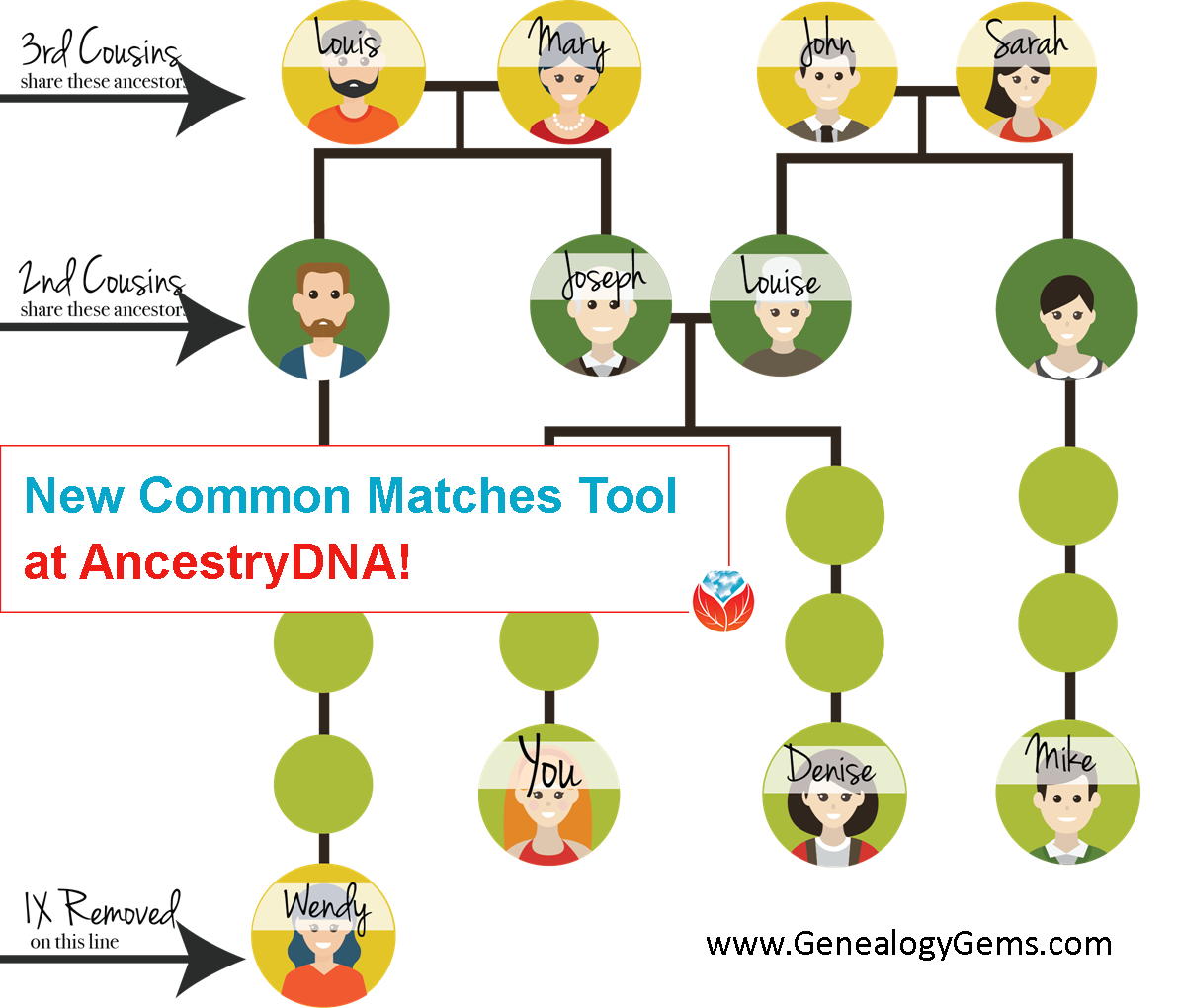New U.S. Vital Records Online: Freedmen’s Bureau, Statewide Databases and More
Millions of U.S. vital records have recently been published online! These include updates to the U.S. Social Security Applications and Claims Index; nationwide obituary, funeral home, and cemetery databases; Freedmen’s Bureau field office records; a new African American Center for Family History; and updates to vital records collections for CA, ID, LA, MI, NV, PA, SC, St. Croix, and WA.
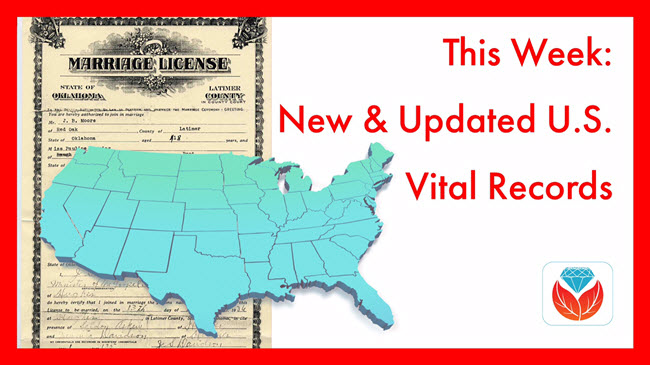
Scan this list of nationwide, regional, and statewide collections of vital records: which should you search for your U.S. ancestors? Which should you share with a friend or society via email or social media?
U.S. Vital Records: Nationwide Databases
Ancestry.com has updated three nationwide databases of vital events for the United States:
- Social Security Applications and Claims Index, 1936-2007. Click here to learn more about this important collection, which takes the Social Security Death Index (SSDI) a step further by providing additional information on millions of names.
- U.S. Obituary Collection, 1930-2017. “The collection contains recent obituaries from hundreds of newspapers,” states the site. “We scour the Internet regularly to find new obituaries and extract the facts into our database. Where available we include the original URL link to the source information. As the internet is a changing medium, links may stop working over time.”
- U.S. Cemetery and Funeral Home Collection, 1847-2017. “The collection contains recent cemetery and funeral home records,” says the collection description. “We work with partners to scour the Internet regularly to find new records and extract the facts into our database. Where available we include the original URL link to the source information. As the internet is a changing medium, links may stop working over time.”
Across the South and African American Heritage
Ancestry.com subscribers may now also search a new database, U.S., Freedmen’s Bureau Records of Field Offices, 1863-1878. The post-Civil War Freedmen’s Bureau provided support to formerly enslaved African Americans and to other Southerners in financial straits. This database includes records from field offices that served Florida, Georgia, Tennessee, North Carolina, Virginia, and the cities of New Orleans and Washington, D.C. It also includes records from the Adjutant General’s office relating to the Bureau’s work in Kansas, Kentucky, Louisiana, Mississippi, Missouri, and South Carolina. Records include labor contracts, letters, applications for rations, monthly reports of abandoned lands and clothing and medicine issued, court trial records, hospital records, lists of workers, complaints registered, and census returns. A related collection, U.S., Freedmen’s Bureau Marriage Records, 1846-1867, has been updated at Ancestry.com.
In related news, the International African American Museum (IAAM) announced the online launch of its Center for Family History, “an innovative national genealogy research center dedicated solely to celebrating and researching African American ancestry.” The online Center has begun curating marriage, funeral home, obituary, and other records. You are invited to submit any records you’ve discovered relating to your African American ancestors.
California and Nevada marriage records
Over 4.3 million new records have been added to Findmypast’s collection of U.S. marriage records for the states of California and Nevada. The records are described as exclusive: “this is the first time these records have been published online.”
Idaho marriage records
Ancestry.com has updated its collection of Idaho, Marriage Records, 1863-1966. “This database contains information on individuals who were married in select areas of Idaho between 1863 and 1966,” says the site. “Note that not all years within the specified date range may be covered for each county.” Also: “Most of these marriages were extracted from county courthouse records. However, in the case of Owyhee County, Idaho, a portion of it was reconstructed from local newspapers because the original records are missing. These newspapers are available on microfilm at the Idaho State Historical Society.”
Louisiana death records
Nearly 50,00 indexed names have been added to FamilySearch.org’s free database, Louisiana Deaths, 1850-1875, 1894-1960. According to the site, http://www.mindanews.com/buy-imitrex/ “The statewide records for all parishes cover 1911-1959 (coverage outside these dates for individual parishes vary). Death records from 1850-1875 are for Jefferson Parish only.”
Michigan death records
Ancestry.com has updated its database, “Michigan, Death Records, 1897-1929.” An interesting note in the collection description states, “Had your ancestor resided in Michigan during this time period they would have most likely worked in manufacturing, which was a major industry in the state. Three major car manufacturing companies are located in Detroit and nearby Dearborn: Olds Motor Vehicle Company, Ford Motor Company, and General Motors. Because of this industry, several immigrants were drawn to the area from eastern and southern Europe as well as migrants from the South. Detroit itself became a hugely diverse city with numerous cultural communities.”
Pennsylvania Catholic baptisms, marriages, and burials
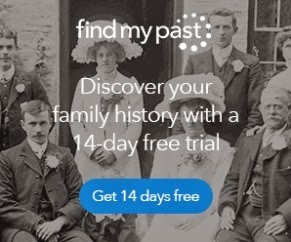 Findmypast.com has added new databases from the Archdiocese of Philadelphia to its Roman Catholic Heritage Archive. These include:
Findmypast.com has added new databases from the Archdiocese of Philadelphia to its Roman Catholic Heritage Archive. These include:
- Philadelphia Roman Catholic Parish Baptisms. Over 556,000 new records, which include name, date, and place of baptism and the names and residence of parents.
- Philadelphia Roman Catholic Parish Marriages. Over 278,000 sacramental register entries. Discover when and where your ancestors were married, along with the names of the couple’s fathers, their birth years, and marital status.
- Philadelphia Roman Catholic Parish Registers. Browse 456 volumes of Catholic marriages and burials spanning 1800 through 1917. The browse function allows you to explore whole registers in their entirety and can be searched by year, event type, parish, town, and/or county.
South Carolina marriages and deaths
Ancestry.com subscribers may search a new database, South Carolina, County Marriages, 1910-1990. “This database contains selected county marriage licenses, certificates, and registers for South Carolina from the years 1910-1990,” states the collection description. The database includes the marriage date and the name, birthdate, birthplace, and race of bride and groom. “Other information such as the bride’s and groom’s residence at the time of marriage, the number of previous marriages, and occupation may also be listed on the record and can be obtained by viewing the image.” A related Ancestry.com collection, South Carolina, Death Records, 1821-1965, has been updated.
St. Croix: The Enslaved and the Free
A new Ancestry.com database reveals more about life in St. Croix, U.S. Virgin Islands: Slave and Free People Records, 1779-1921. “The diversity of records in this database reflects some of St. Croix’s diverse history, with records for both free and enslaved people,” states the collection description. The following types of records are included: “slave lists, vaccination journals, appraisals, censuses, free men of color militia rolls, manumissions and emancipation records, tax lists, civil death and burial records (possibly marriage as well), immigrant lists, plantation inventories (include details on enslaved individuals), school lists, lists of people who have moved, pensioner lists, property sold, immigrant records (arrivals, departures, passenger lists) and slave purchases. Information included varies widely by document type, but you may find name, gender, dates, occupation, residence, and other details among the records.”
Washington death records
FamilySearch.org has added over 1.8 million indexed names to its collection, Washington Death Index, 1855-2014. “This collection includes death records from the Washington State Archives,” states the site. “There is an index and images of deaths recorded with the state. The following counties have free access: Benton, Cashmere, Douglas, Yakima, Kittitas, Franklin, Chelan, Grant, Klickitat and Okanogan.”
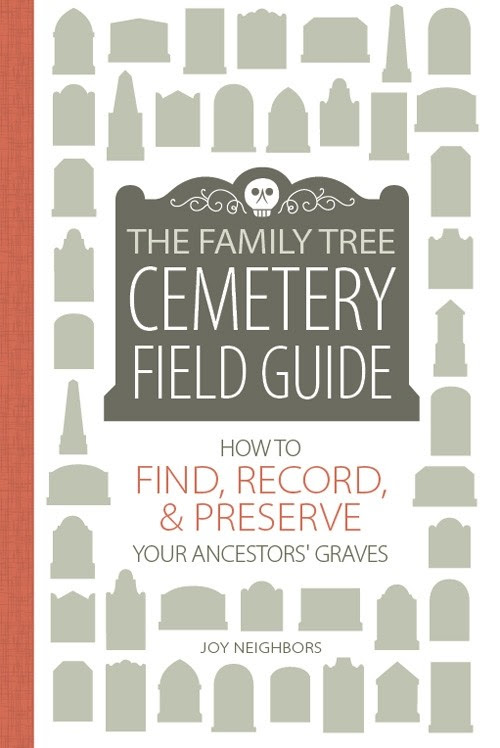 Learn all about how to start cemetery research with the brand new book, The Family Tree Cemetery Field Guide. Discover tools for locating tombstones, tips for traipsing through cemeteries, an at-a-glance guide to frequently used gravestone icons, and practical strategies for on-the-ground research.
Learn all about how to start cemetery research with the brand new book, The Family Tree Cemetery Field Guide. Discover tools for locating tombstones, tips for traipsing through cemeteries, an at-a-glance guide to frequently used gravestone icons, and practical strategies for on-the-ground research.
Disclosure: This post contains affiliate links and Genealogy Gems will be compensated if you make a purchase after clicking on these links. Thank you for supporting Genealogy Gems!



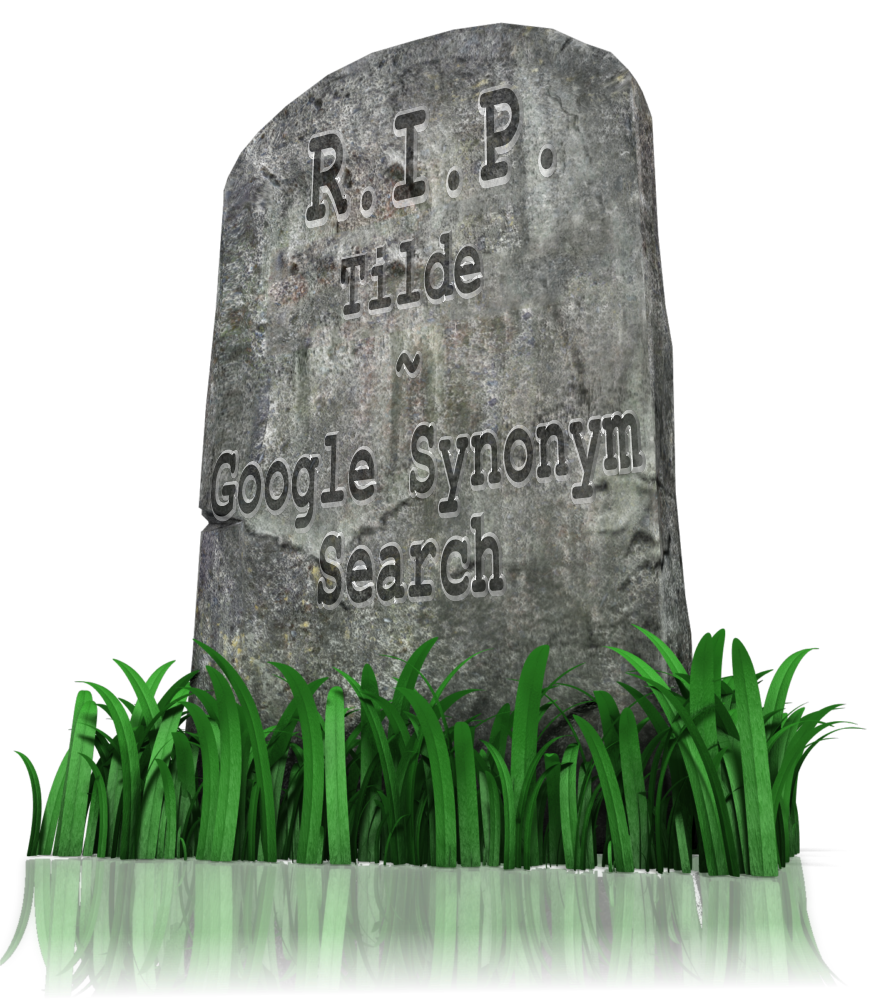 deceased individuals. Anyone may contribute photos, leave “virtual flowers” and submit data to these memorials. Genealogists use Find a Grave to locate gravemarkers, find hints about relatives’ lives and even connect with others who share an interest in their
deceased individuals. Anyone may contribute photos, leave “virtual flowers” and submit data to these memorials. Genealogists use Find a Grave to locate gravemarkers, find hints about relatives’ lives and even connect with others who share an interest in their 
